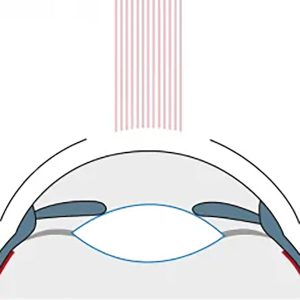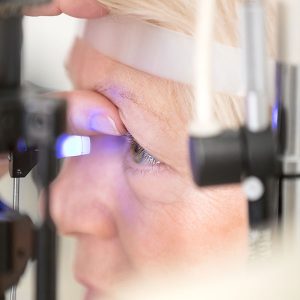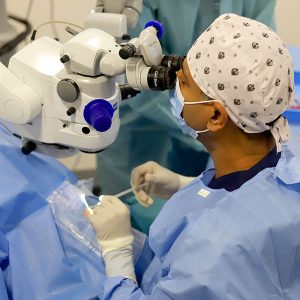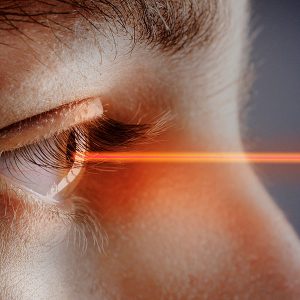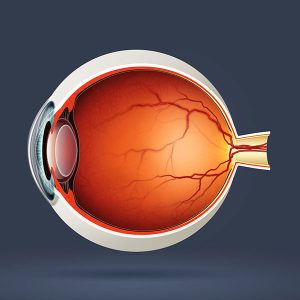Vitrectomy
Ayrshire Eye Clinic
What Is Vitrectomy?
Vitrectomy is a type of eye surgery used to treat problems of the eye’s retina and vitreous. In this surgery, your retinal surgeon may:
- remove blood or other substance keeping light from focusing properly on the retina
- remove scar tissue that is wrinkling or tearing the retina and causing poor vision
- hole in the macula
- help repair a retina that has detached (pulled away) from the eye wall
During vitrectomy, the ophthalmologist removes some or all of the vitreous from the middle of your eye. This vitreous is replaced with either a salt water (saline) solution or a bubble made of gas or oil.
What Are Vitrectomy Surgery Risks?
Like any surgery, vitrectomy has risks. They include:
- infection
- bleeding
- torn or detached retina
- poor vision
- glaucoma, when pressure builds up within your eye
Another possible risk after vitrectomy is getting a cataract in that eye. This is especially likely to happen in people over age 50 who have vitrectomy. If you already had cataract surgery with a lens implant, vitrectomy will not harm your implanted lens. Vitrectomy surgery often improves vision or keeps it from getting worse.
What happens after vitrectomy surgery?
Your ophthalmologist will prescribe medicine to help relieve pain. You will also be given eye drops to use for up to 4 weeks.
Your doctor will have you wear a patch on your eye for a few days to protect it. He or she will tell you when you can safely get back to doing your normal activities.
If a gas bubble was placed in your eye
You may need to keep your head in a facedown (or side-facing) position for a specific period of time. Your ophthalmologist will tell you exactly how long to stay in that position.
It is very important to follow these instructions to heal properly.
You cannot fly in an airplane until the gas bubble is gone. This is because a rapid altitude change can affect the size of the bubble.



